当前位置:网站首页>Target detection series - detailed explanation of the principle of fast r-cnn
Target detection series - detailed explanation of the principle of fast r-cnn
2022-07-05 07:13:00 【Bald little Su】
Author's brief introduction : Bald Sue , Committed to describing problems in the most popular language
Looking back : Target detection series —— The work of the mountain RCNN The principle, Target detection series ——Fast R-CNN The principle,
Near term goals : Have 10000 fans
Support Xiao Su : give the thumbs-up 、 Collection 、 Leaving a message.
List of articles
Target detection series ——Faster R-CNN The principle,
Write it at the front
I have already introduced it before R-CNN、Fast R-CNN Principle , Specific content can be read by clicking the link below .【 notes : Before reading this article, I suggest that R-CNN and Fast R-CNN Have some understanding 】
- Target detection series —— The work of the mountain RCNN The principle,
- Target detection series ——Fast R-CNN The principle,
Faster R-CNN It is the last article in this series of target detection , It also achieved relatively good results in speed and accuracy , So it's still very important . Semantic segmentation may be updated later Mask RCNN, Of course, this is all later . Now learn with me Faster R-CNN Well .
Faster R-CNN Overall process
I wonder if you remember Fast R-CNN The process of ? Here to help you recall , The steps are as follows :
- Candidate area generation
- Full image input network , The candidate frame is projected onto the feature graph to obtain the feature matrix
- The characteristic matrix is ROI pooling Layers are scaled to uniform size , Then flatten the characteristic map to get the prediction result
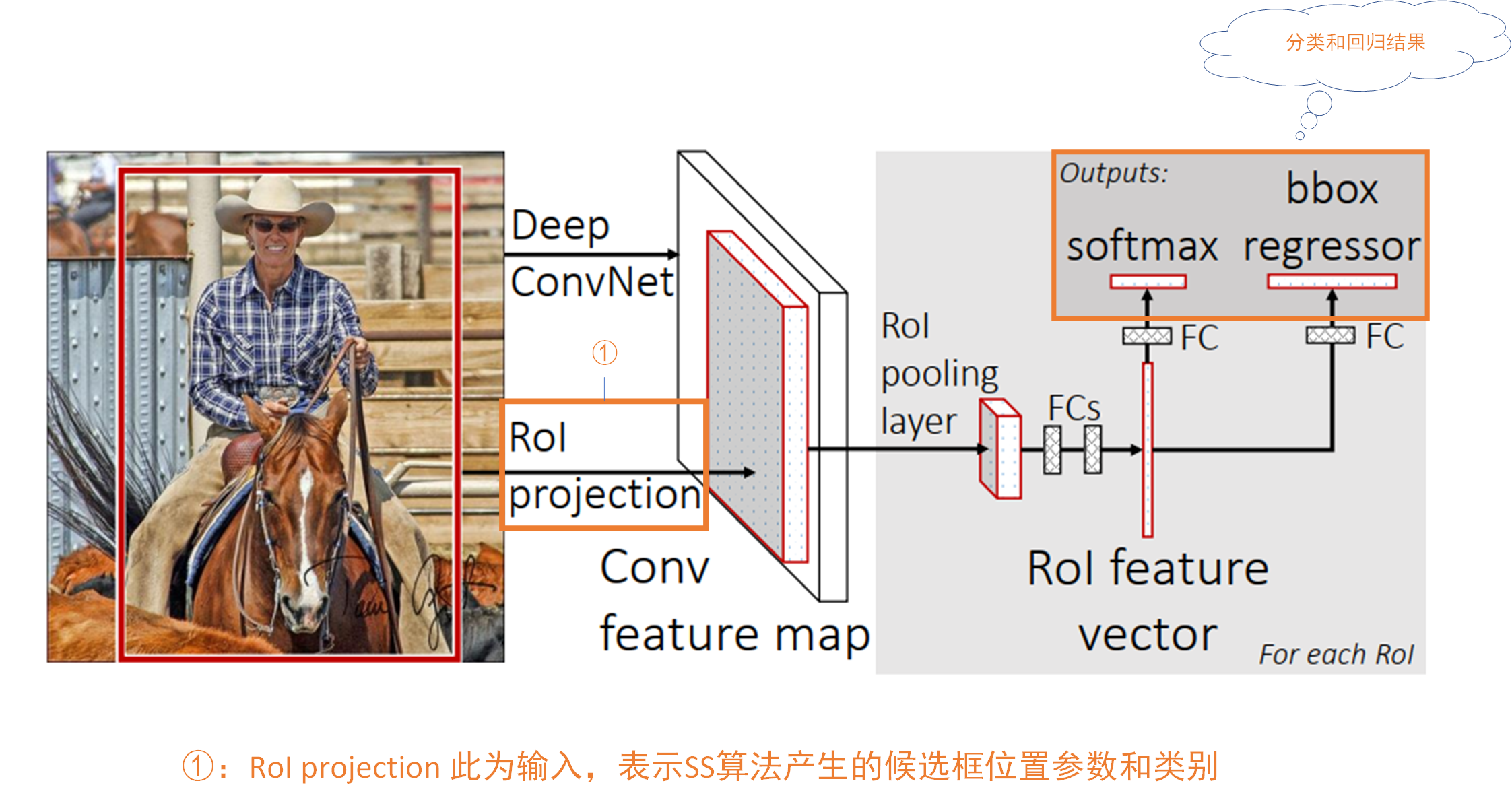
that Faster R-CNN Compare with Fast R-CNN What improvements are needed ? In fact, the most important thing is Fast R-CNN We are still with R-CNN Use the same SS Algorithm to generate candidate box , And in the Faster R-CNN We use a method called RPN(Region Proposal Network) Network structure to generate candidate boxes . Other parts are basically the same as Fast R-CNN Agreement , So we can put Faster R-CNN Our network can be seen as two parts , Part of it is RPN Get the candidate box network structure , The other part is Fast R-CNN Network structure , As shown in the figure below :
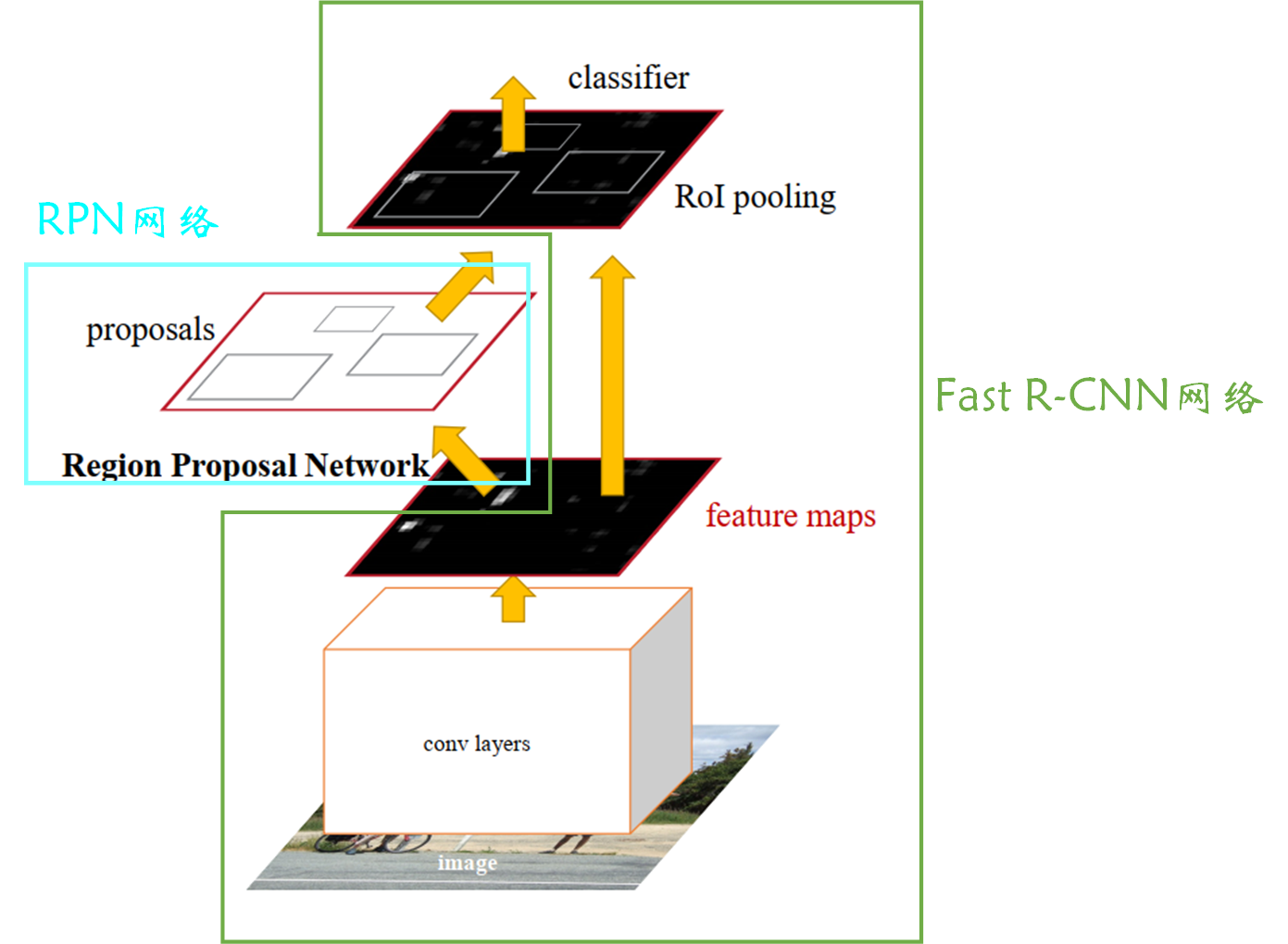
If this is your first time to see Faster R-CNN, Look at this picture , I think you are still in a relatively ignorant state . But it doesn't matter , This figure is given in the paper , The main purpose of my posting here is to let you know roughly Faster R-CNN The structure is good , Then the soul asked —— Do you know the general structure ?
In fact! ,Faster R-CNN The structure and Fast R-CNN It's still very similar , Will produce some candidate boxes , Then, these candidate boxes are classified and regressed based on the feature extraction network , The difference is Fast R-CNN It's traditional SS The algorithm extracts candidate boxes , and Faster R-CNN use RPN Network to extract .
Okay ,Faster R-CNN So much about the overall process , You must still have many doubts , Don't worry , Now let's explain step by step .
Think about adding more content here , See the picture below , It is Faster R-CNN A more detailed flow chart , Later, I will also tell you according to this structure , It should be clearer .
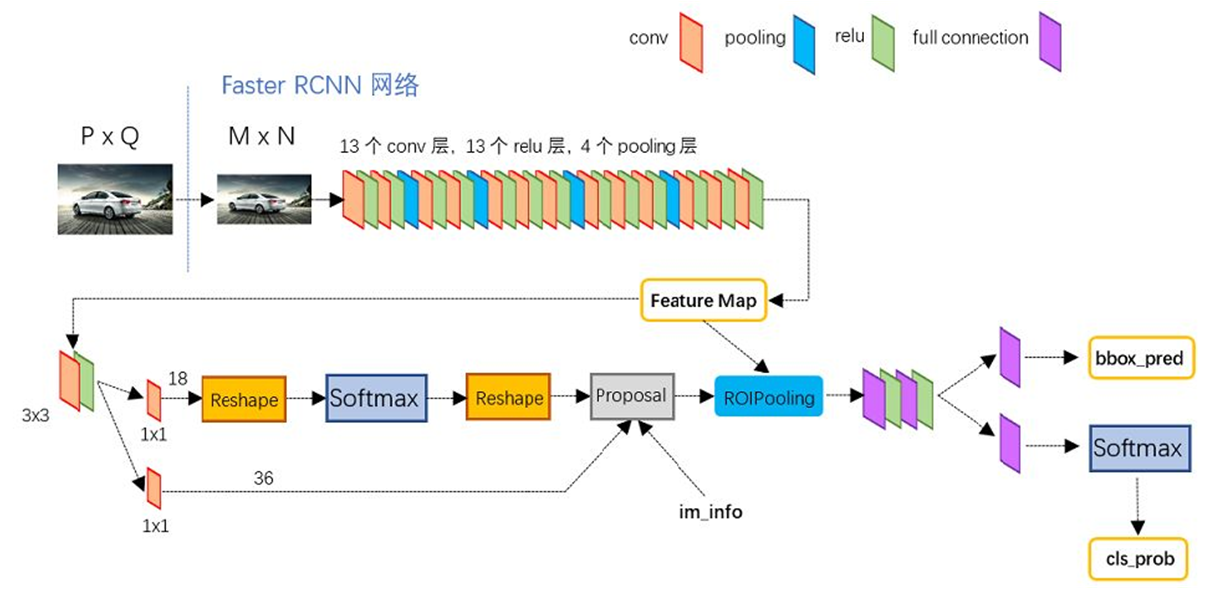
Feature extraction network
The structure of feature extraction network is shown in the figure below :
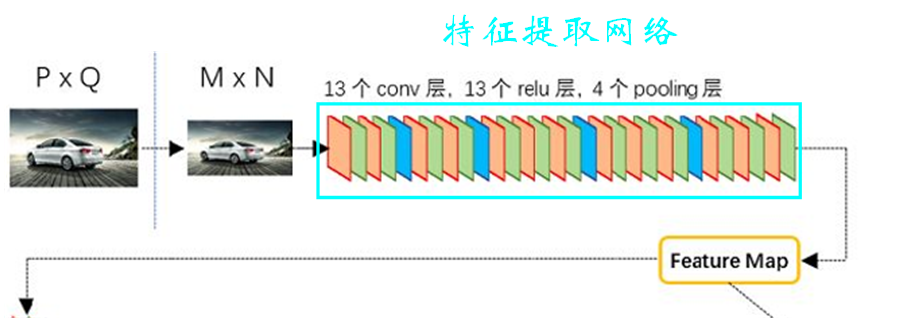
You can see , For one P*Q Size picture , Let's start with resize To specific M*N size , Then it is sent to the feature extraction network .【 notes : Here, the image size does not add the number of channels , Just understand 】
Besides , It can be seen that the feature extraction network in the figure has 13 Convolution layers ,4 A pool layer , In fact, this feature extraction network is famous VGG.【 notes : stay VGG There is 13 Convolution layers ,5 A pool layer , The last pooling layer is discarded here 】
about VGG Those unfamiliar with the network can click *** Learn more . It is worth mentioning that VGG In the network , Convolution uses 3*3 Convolution kernel , After convolution, the size of the characteristic image remains unchanged ; Pooling uses 2*2 The pooled core of , Halve the size of the characteristic map after pooling . in other words , In the feature extraction network in the figure above , It contains four pooling layers , Therefore, the size of the feature map we finally get is the original 1 16 \frac{1}{ {16}} 161, That is to say M 16 ∗ N 16 \frac{M}{ {16}}*\frac{N}{ {16}} 16M∗16N .
There's another point worth noting , That is, the feature extraction network in this explanation is VGG, We generally call it backbone( Backbone network ). This backbone It can be replaced as needed , Like changing into ResNet、MobileNet It's OK to wait .
RPN Network structure
RPN The network structure of is as follows :
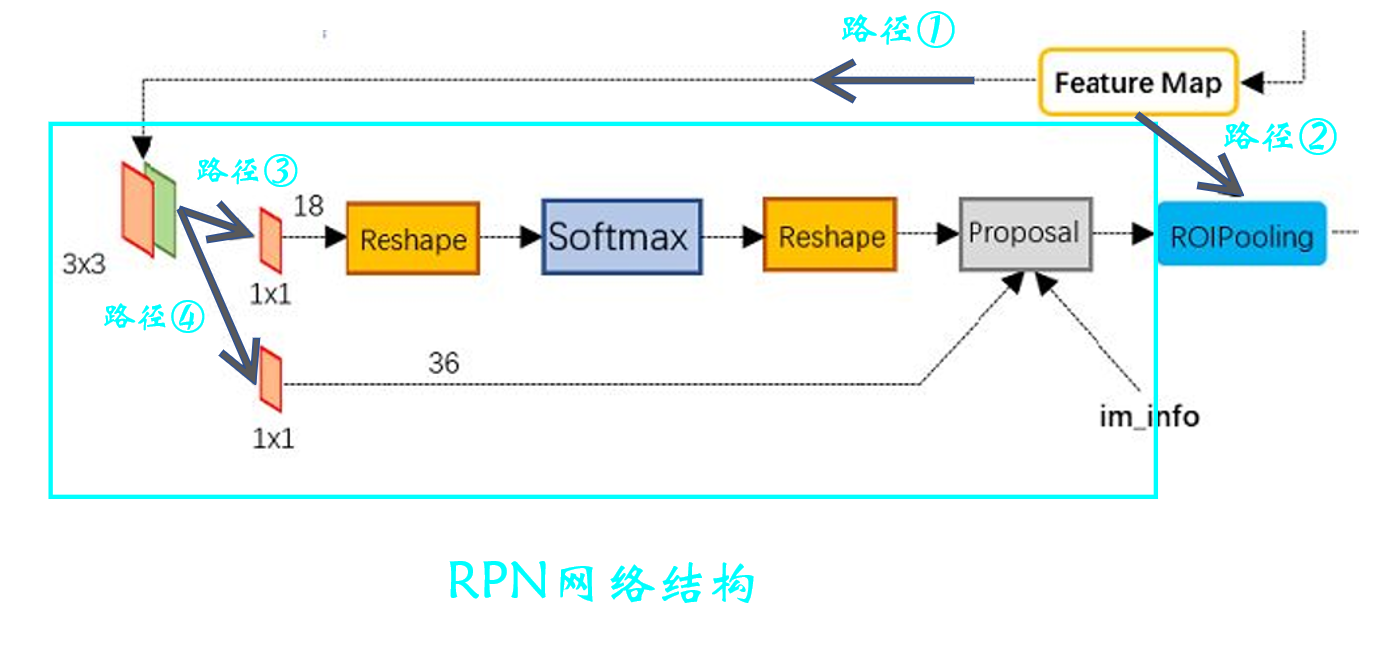
We have got the last step M 16 ∗ N 16 \frac{M}{ {16}}*\frac{N}{ {16}} 16M∗16N A feature map of size (Feature Map)【 notes : For the convenience of the following description , Now order W = M 16 , H = N 16 W=\frac{M}{ {16}},H=\frac{N}{ {16}} W=16M,H=16N】, We can see that we will make paths to the feature map respectively ① And the path ② The operating , The path ① The operation on is RPN Network structure . Now let's focus on this RPN Network structure .
First of all, let's clarify RPN What is it for ?enmmm…, If I don't know the function of this network now, I've really said it in vain , It's a bit of a failure . But this point cannot be overemphasized ——RPN Is to extract candidate boxes !!!
that RPN How do you do it ? First , We'll use a 3*3 The sliding window traverses the feature map just obtained , Then calculate the center point of the sliding window corresponding to the center point on the original image , Last in original image Draw each center point 9 Kind of anchor boxes .【 notes : How to get the center point of the original drawing from the center point coordinates of the feature drawing ?—— We're going to use VGG Backbone network , The size difference between the original drawing and the feature drawing 16 times , Therefore, you only need to multiply the coordinates of the center point of the feature map 16 that will do ; Or we can calculate the relative position of the center point in the feature map , Further get the central point of the original figure 】
We need to draw in the original picture 9 in anchor, Three scales are given in the paper (128*128 、256*256 、512*512) And three proportions (1:1、1:2、2:1) altogether 9 Kind of anchor, It is designed by experience , In fact, we can adjust according to the task in the implementation process , For example, the target we want to detect is small , Then it can be appropriately reduced anchor The size of the . The approximate mapping relationship between the center point of the feature map and the original map is as follows :
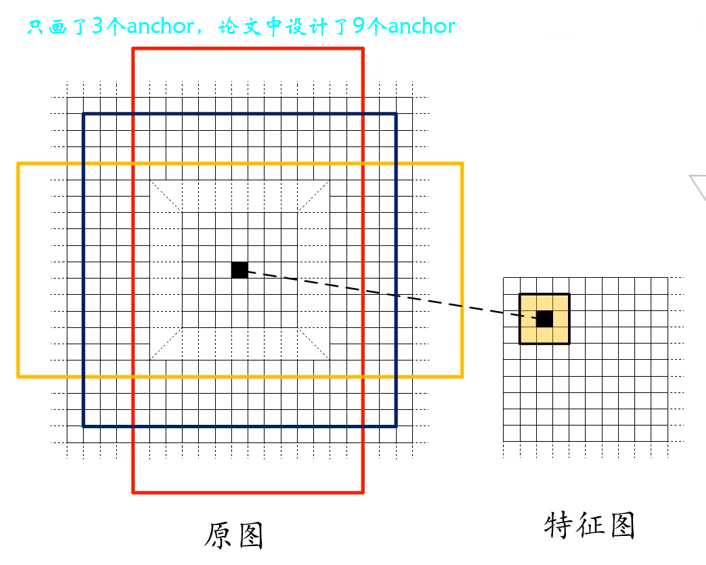
The use of 3*3 The sliding window traverses the characteristic graph , In fact, this corresponds to figure 4.1 route ① The first of 3*3 Convolution of , Convolution process padding=1,stride=1. Where the convolution and the original graph are generated anchor The corresponding relationship is shown in the figure below : It can be seen that after this step, we will generate many, many anchor, Obviously these anchor Many of them are not what we need , Later, we will talk about these anchor Make a choice .

Next, let's see what happened 3*3 The change of characteristic graph after convolution , Because the convolution kernel is used k=3*3,p=1,s=1 Convolution of , Therefore, the size of the characteristic image does not change after convolution , Let's talk about this here channel=512 Is due to VGG The number of output channels of the last layer of the network is 512.
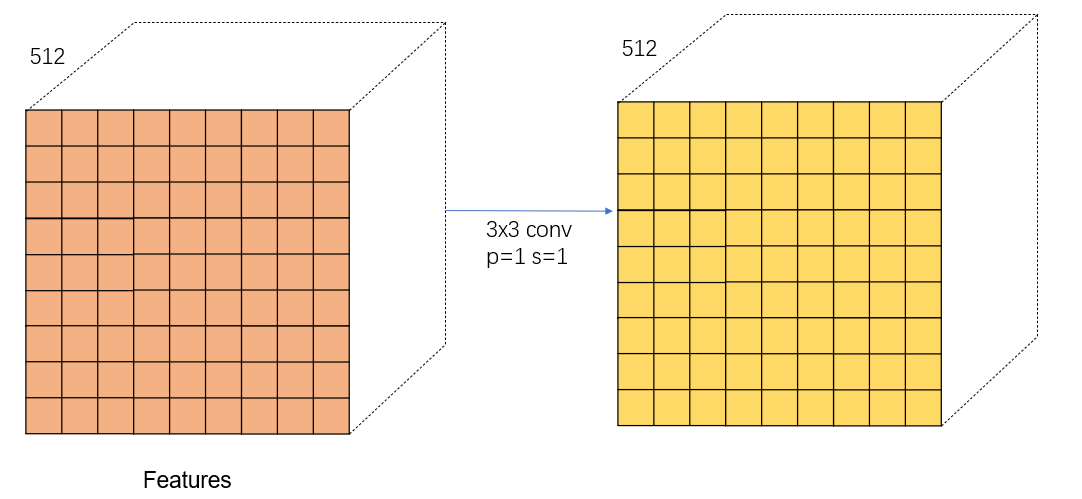
Then compare with the figure 4.1 have a look 3*3 After convolution of ?3*3 After convolution, the paths are taken separately ③ And the path ④ Carry out relevant operations . Actually path ③ Just got it anchor To classify ( Foreground and background ), And the path ④ That's right. anchor Fine tune the regression .
Then let's talk about it separately ③ and ④, First, let's talk about the path ③. Start with a 1*1 Convolution of , The number of convolution kernels is 18. As shown in the figure below :
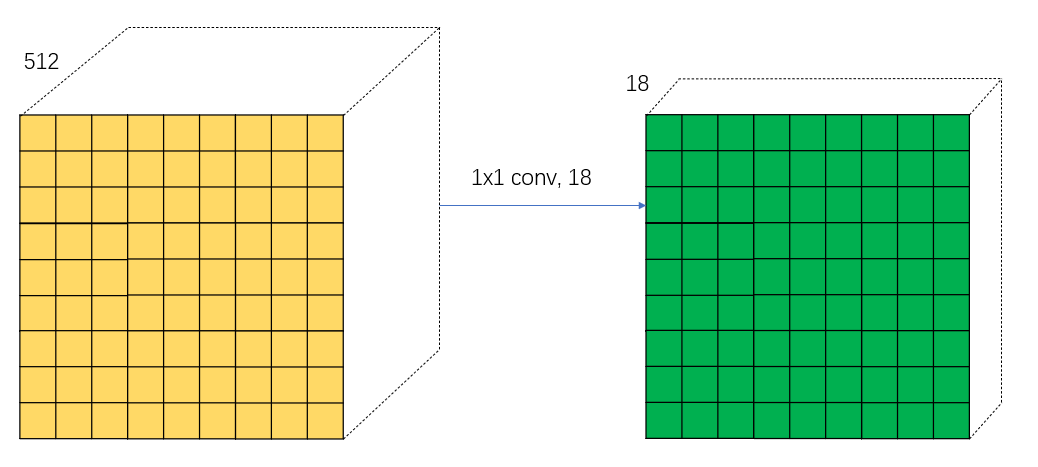
In fact, the above figure adopts 18 Convolution kernel is very particular . The first thing we need to know is the path ③ What we need to do is to distinguish each anchor Is it the foreground or the background , It is divided into two categories , For each small square, it will be generated on the original graph 9 individual anchor. such 2*9=18, Each small square in the result represents a certain position in the original image anchor Whether it is the probability of foreground or background . For your convenience , Pick out a square pair 18 Interpret the data of the channel , As shown in the figure below :
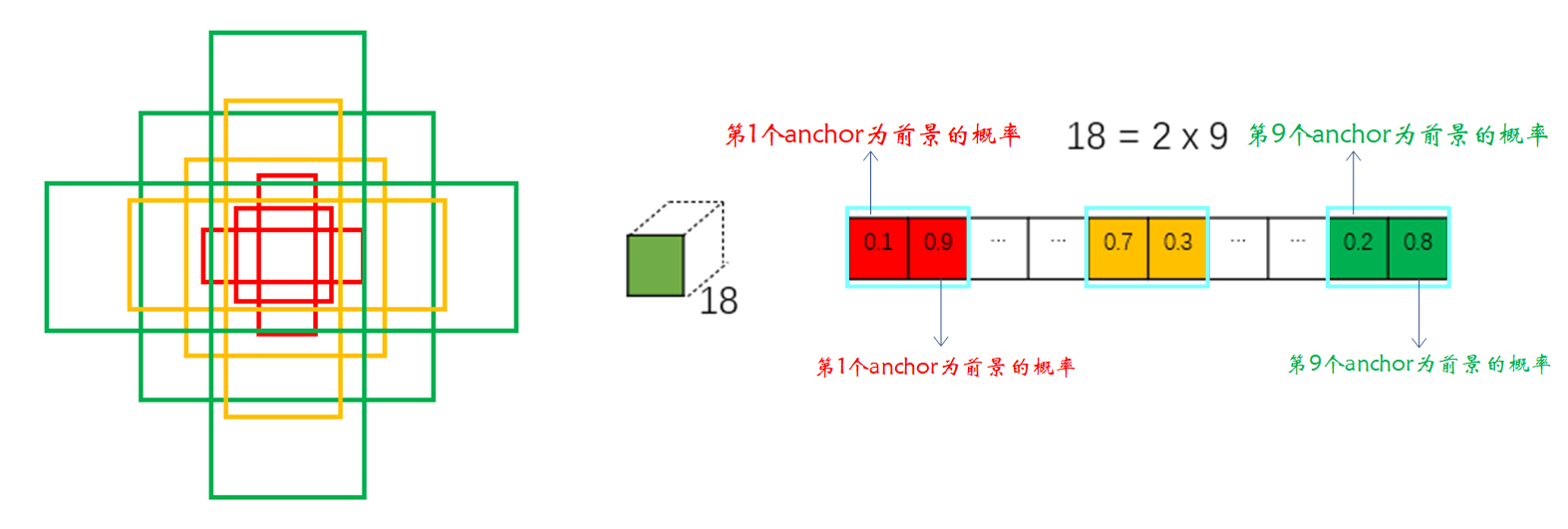
1*1 After convolution of , So it went on softmax Layer classification .【 notes : stay softmax There is one before and after the floor reshape The operation of , This is because there are requirements for the input format when writing code , Here you can not care about , The code will be described later 】 softmax After layer classification, we will get all positive classes anchor(positive anchors) And negative anchor(negative anchors).
Here we add the rules for selecting positive and negative samples : Positive samples have two conditions , First of all : Pick and true box IOU maximal anchor; second : Pick and true box IOU Greater than 0.7 Of anchor.【 notes : In fact, the second condition can be met in most cases , But condition one is set to prevent some extreme situations 】 The selection condition of negative samples is with all real boxes IOU All less than 0.3 Of anchor.
Then let's talk about the path ④, alike , First, there's a 1*1 Convolution of , The number of convolution kernels is 36. As shown in the figure below :
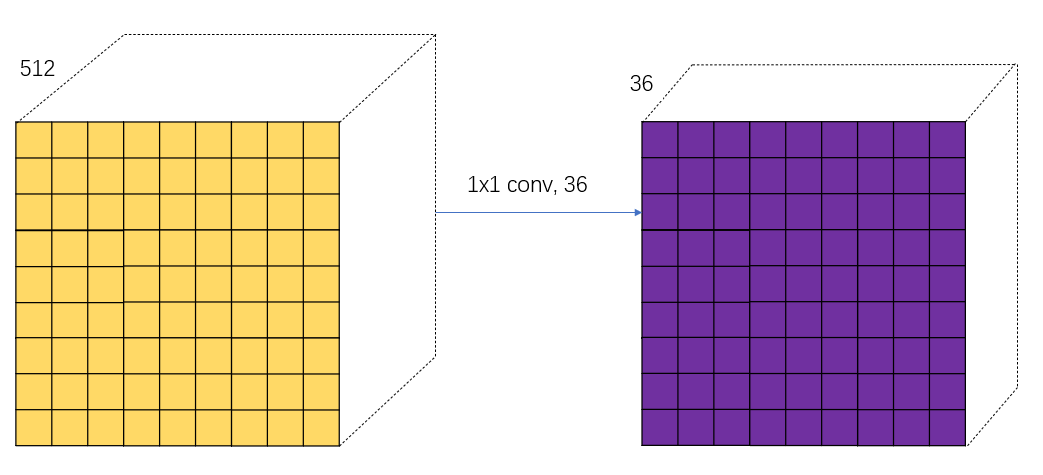
there 36 It's also exquisite , Because the regression is fine tuned anchor Every time anchor You need four parameters ,4*9=36, Each small square in the result represents a certain position in the original image anchor Four parameters that need to be adjusted . Also draw a picture to help you understand , as follows :
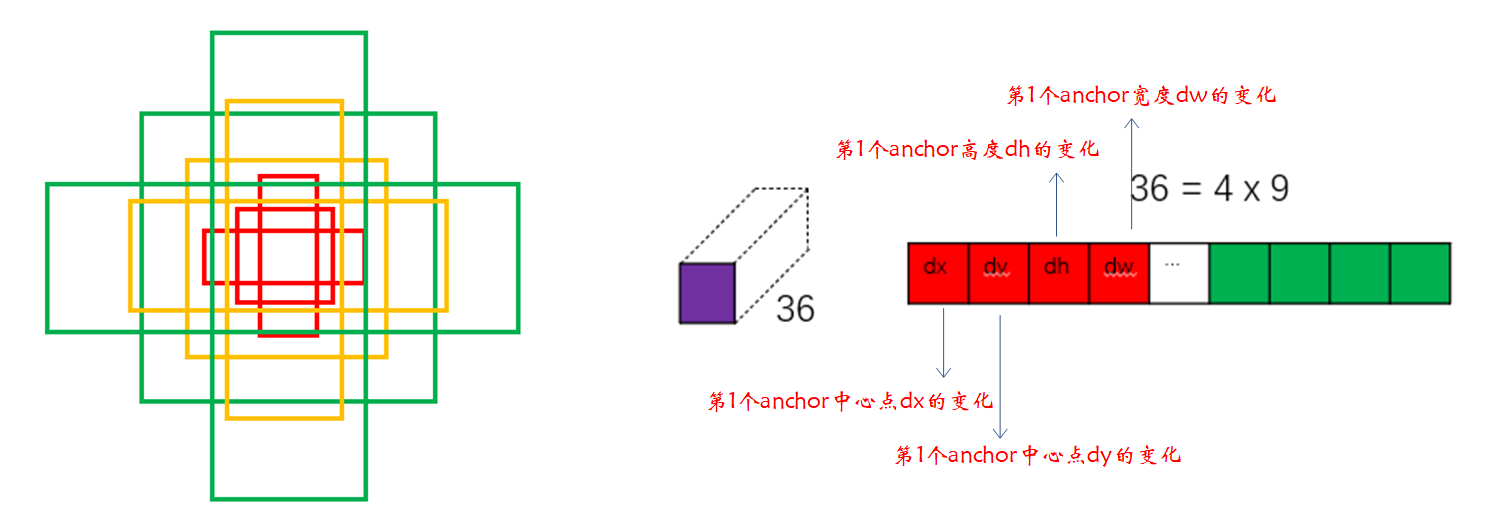
Next path ③ And the path ④ stay Proposal This step combines , What is this step for ? In fact! , This step is to integrate the path ③ And the path ④ Information in , That is, classification results and anchor Regression parameters of the box , The purpose is to get a more accurate candidate box (Region Proposal). Careful students may also find proposal There is another input in this step , namely im_info, This parameter saves some information about image size transformation , Like the beginning resize, Pool in the back and so on .
RPN Layer loss function
RPN The loss function of the layer is as follows :RPN Layer classification loss and fast R-CNN similar , It also consists of two parts , That is, classification loss and bounding box regression loss .
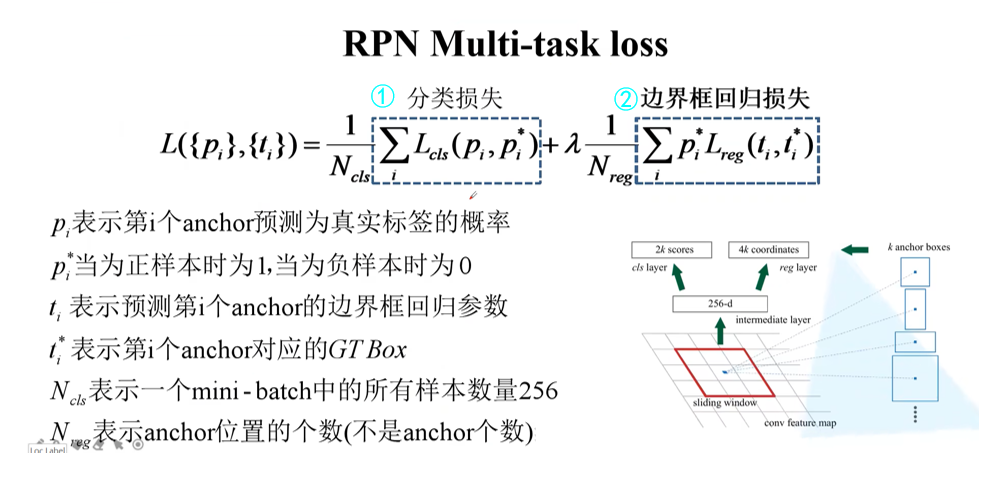
Let's take a specific look at ① and ② part :【 notes : Bounding box regression loss in the previous article R-CNN In the introduction , If you don't understand, you can find out 】

ROI Pooling
The above has been described in more detail RPN layer , That is, our figure 4.1 Medium ① route , Next, let's move on to the path ②【 route ② by ROI Pooling layer 】. You can see ROI Pooling There are two inputs to the layer : Respectively
- The original feature maps
- RPN Output proposal
ROI Pooling Layer I am fast R-CNN I've already talked about it in , There is not much to say here , Those who don't understand can go to recharge .
But here I still want to make a point : We passed ROI Pooling The input of the layer is the original feature map and RPN Output candidate box , We are equivalent to mapping each candidate box to different parts of the original feature map , Then cut these parts and pass them in ROI Poolinng layer .

Classification regression fine tuning part
The latter part is actually completely related to Fast R-CNN The second half is exactly the same , Because we all passed by ROI Pooling Layer gets the relevant features of the candidate box , Then send it to the classification and regression network . If you don't understand this part, please read my previous article on this part .
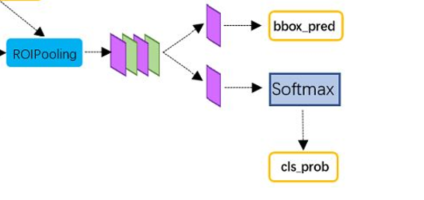
Summary
In this part, let's summarize Faster R-CNN Steps for , as follows :
- Input the complete image into the network to get the corresponding feature map
- Use RPN Structure generation candidate box , take RPN The generated candidate frame is projected onto the original feature map to obtain the corresponding feature matrix 【 It's equivalent to us ROI Pooling Some of the results obtained by clipping 】
- The characteristic matrix is ROI pooling Layers are scaled to uniform size , Then flatten the characteristic map to get the prediction result
thus ,Faster R-CNN The theoretical part of will be over , I hope everyone can get something .
Reference material
Faster RCNN A collection of theories
If the article is helpful to you , It would be
Whew, whew, whew ~~duang~~ A great bai
边栏推荐
- 目标检测系列——Faster R-CNN原理详解
- 苏打粉是什么?
- ROS2——topic话题(八)
- About vscode, "code unreachable" will be displayed when calling sendline series functions with pwntools“
- SD_CMD_RECEIVE_SHIFT_REGISTER
- [framework] multi learner
- [software testing] 02 -- software defect management
- U-Boot初始化及工作流程分析
- [software testing] 04 -- software testing and software development
- Ros2 topic (VIII)
猜你喜欢

Orin installs CUDA environment

睿智的目标检测59——Pytorch Focal loss详解与在YoloV4当中的实现
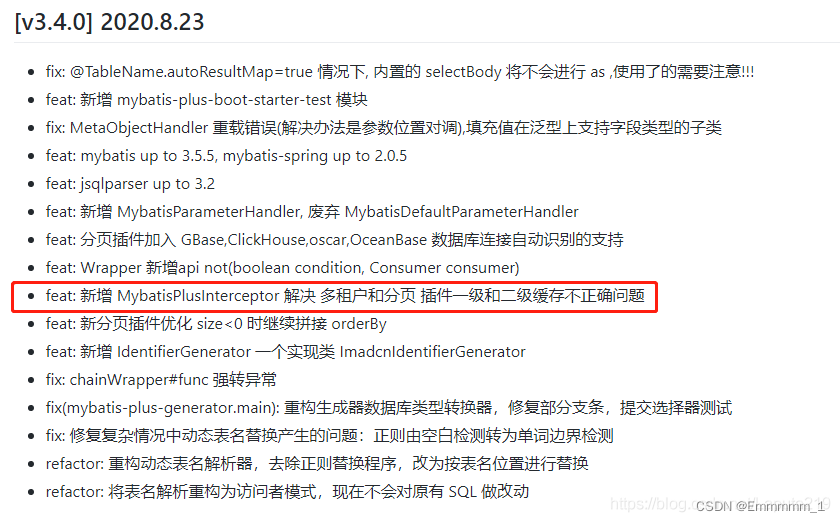
IPage can display data normally, but total is always equal to 0
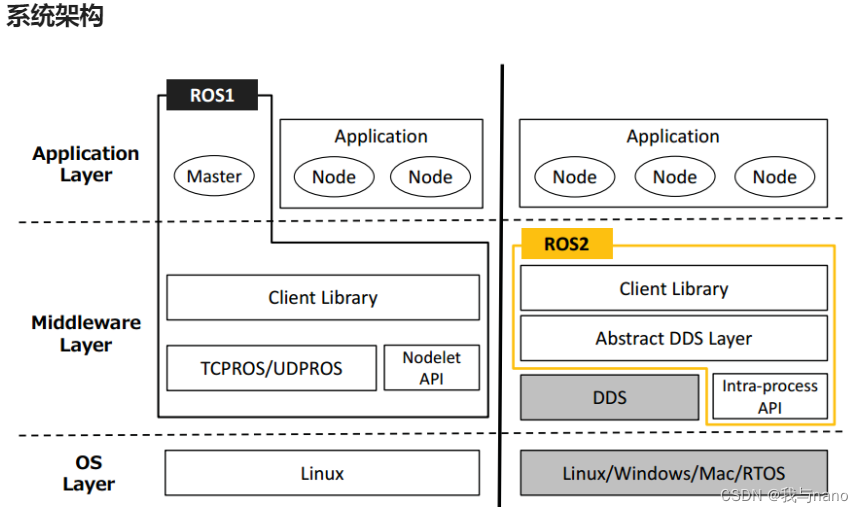
Ros2 - ros2 vs. ros1 (II)
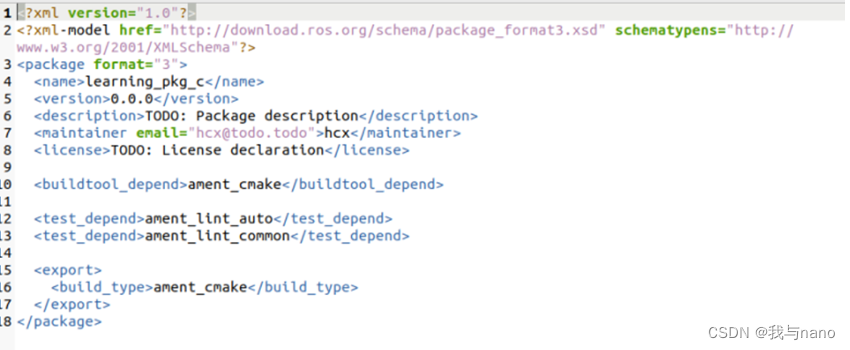
Ros2 - function package (VI)
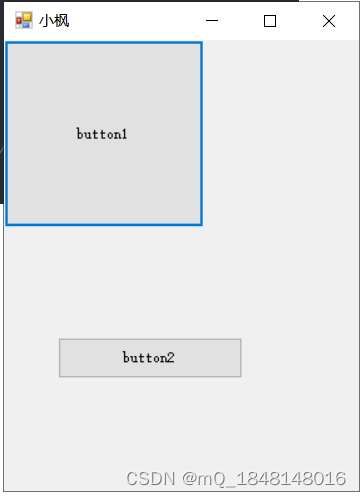
C learning notes
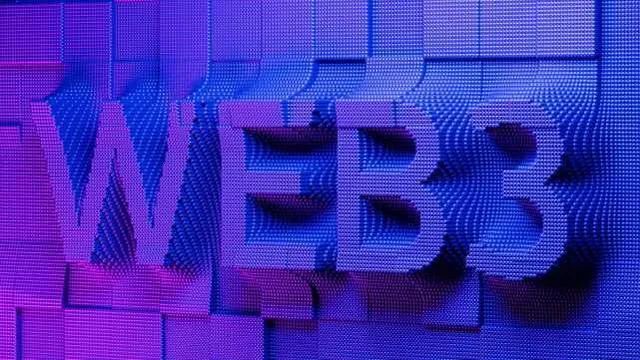
【无标题】
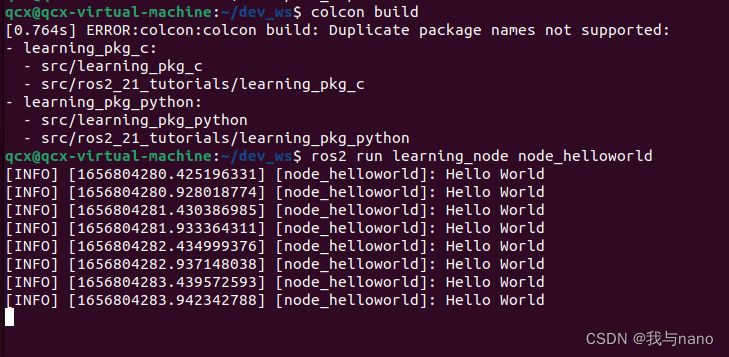
Ros2 - node (VII)
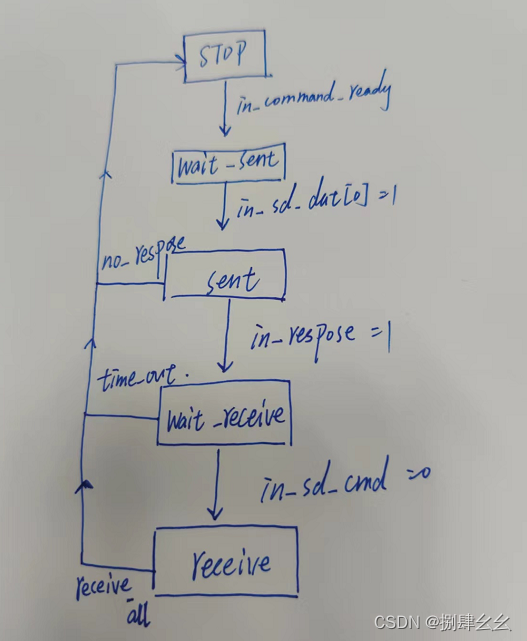
SOC_SD_CMD_FSM
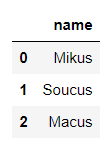
Do you choose pandas or SQL for the top 1 of data analysis in your mind?
随机推荐
【Node】npm、yarn、pnpm 区别
[vscode] search using regular expressions
2022.06.27_每日一题
Negative number storage and type conversion in programs
MySQL setting trigger problem
SOC_ SD_ DATA_ FSM
Ethtool principle introduction and troubleshooting ideas for network card packet loss (with ethtool source code download)
[solved] there is something wrong with the image
ROS2——Service服务(九)
C#学习笔记
第 2 章:小试牛刀,实现一个简单的Bean容器
Pytorch has been installed in anaconda, and pycharm normally runs code, but vs code displays no module named 'torch‘
Mathematical analysis_ Notes_ Chapter 8: multiple integral
Import CV2 prompt importerror: libgl so. 1: Cannot open shared object file: no such file or directory
逻辑结构与物理结构
The differences and connections among cookies, sessions, JWT, and tokens
SOC_SD_CMD_FSM
扫盲-以太网MII接口类型大全-MII、RMII、SMII、GMII、RGMII、SGMII、XGMII、XAUI、RXAUI
[MySQL 8.0 does not support capitalization of table names - corresponding scheme]
Ros2 - ros2 vs. ros1 (II)